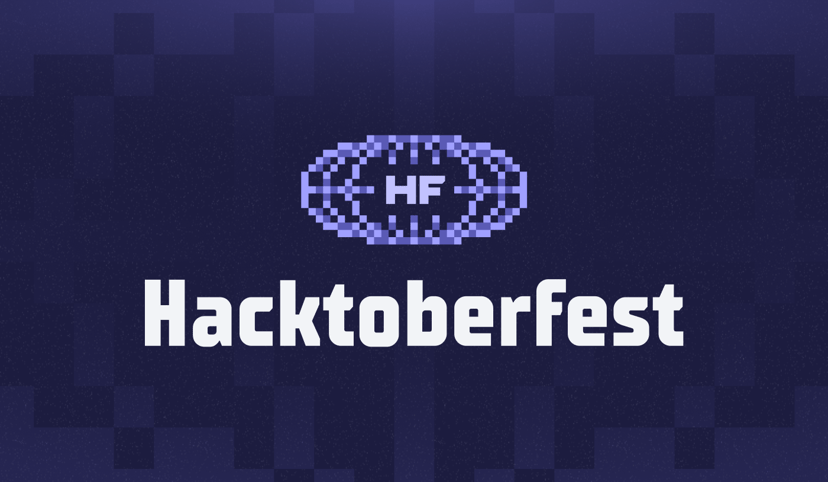Related Articles

Community
Powered by DigitalOcean Hatch: How Ex-human uses GPU Droplets to Build Empathetic AI that Serves Customers
- November 21, 2025
- 3 min read

Community
Hacktoberfest 2025 Comes to a Close
- November 21, 2025
- 4 min read

Community
Hacktoberfest 2025: How to Participate
- September 29, 2025
- 3 min read

